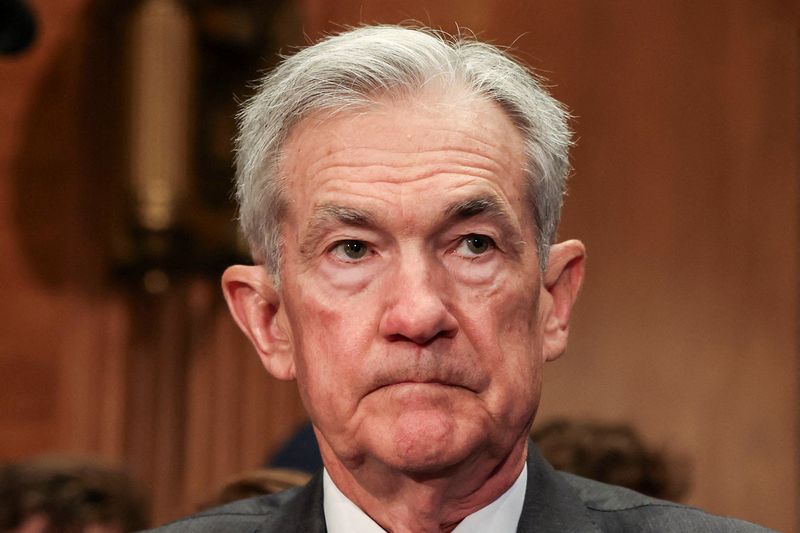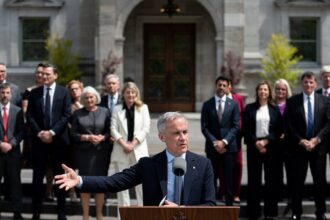The financial world snapped to attention yesterday as Federal Reserve Chair Jerome Powell delivered what many analysts are calling the clearest signal yet of an imminent policy pivot. Speaking at the Economic Club of New York, Powell acknowledged that recent inflation data shows “further progress” toward the Fed’s 2% target, igniting a surge in market expectations for a July rate cut.
“The time has come for policy to adjust,” Powell stated, marking a significant shift from the cautious stance that has characterized Fed communications throughout 2024. “The question is no longer whether, but rather when policy should adapt to changing economic conditions.”
This declaration sent immediate ripples through financial markets, with the S&P 500 climbing 1.2% and the tech-heavy Nasdaq gaining 1.6% by closing bell. Bond markets responded even more dramatically, with Treasury yields dropping as investors rapidly adjusted their expectations.
Market probability for a July rate cut has now soared to 87%, according to the CME FedWatch Tool, up from just 62% last week. Analysts at Goldman Sachs and JPMorgan Chase have revised their forecasts, with most now predicting at least three quarter-point cuts before year-end.
The economic backdrop for this potential policy shift remains complex. While inflation has cooled to 2.7% year-over-year, down from the 9.1% peak in June 2022, labor market indicators have shown concerning signs of softening. The latest jobs report revealed unemployment ticking up to a 15-month high of 4.1%, with wage growth moderating to 3.9%.
“We’re seeing the classic Fed dilemma play out in real-time,” explains Diane Swonk, chief economist at KPMG. “They’ve successfully tamed inflation without triggering a recession so far, but maintaining this balance requires precise timing for policy adjustments.”
For Canadian investors and businesses, the Fed’s shift carries significant implications. The Bank of Canada, which has already implemented two rate cuts this year, may find itself with greater flexibility for further easing if the Fed moves in July. The potential narrowing of the interest rate differential could also impact the CAD/USD exchange rate, a critical factor for Canada’s export-driven economy.
Small business owners across Canada are particularly attentive to these developments. Mike Chen, who owns a chain of fitness centers in British Columbia, told CO24 Business: “Every quarter-point matters when you’re carrying business loans. We’ve been postponing expansion plans, but a series of rate cuts might change our calculus.”
The real estate sector, a cornerstone of the Canadian economy, stands to benefit substantially from lower borrowing costs. After weathering the steepest interest rate hiking cycle in decades, housing affordability could improve if mortgage rates begin to decline in response to central bank easing.
However, economists caution against excessive optimism. The Fed’s data-dependent approach means that unexpected inflation readings between now and the July 30-31 meeting could still derail cut expectations. Additionally, geopolitical factors, particularly escalating tensions in the Middle East and ongoing supply chain disruptions in Asia, remain wild cards that could reignite inflationary pressures.
The Bank of Canada’s next policy decision comes on July 24, just one week before the Fed meeting. This timing places Canadian policymakers in the challenging position of anticipating, but not necessarily waiting for, their American counterparts.
As Powell concluded in his remarks, “Economic forecasting is not an exact science.” For investors, businesses, and consumers on both sides of the border, that uncertainty remains the only certainty as we head toward what may be a pivotal moment in this economic cycle.
Will the Fed’s potential July move mark the beginning of a sustained easing cycle, or merely a cautious first step in a longer, more measured approach to normalization? The answer to this question will shape financial landscapes across North America for months to come.










